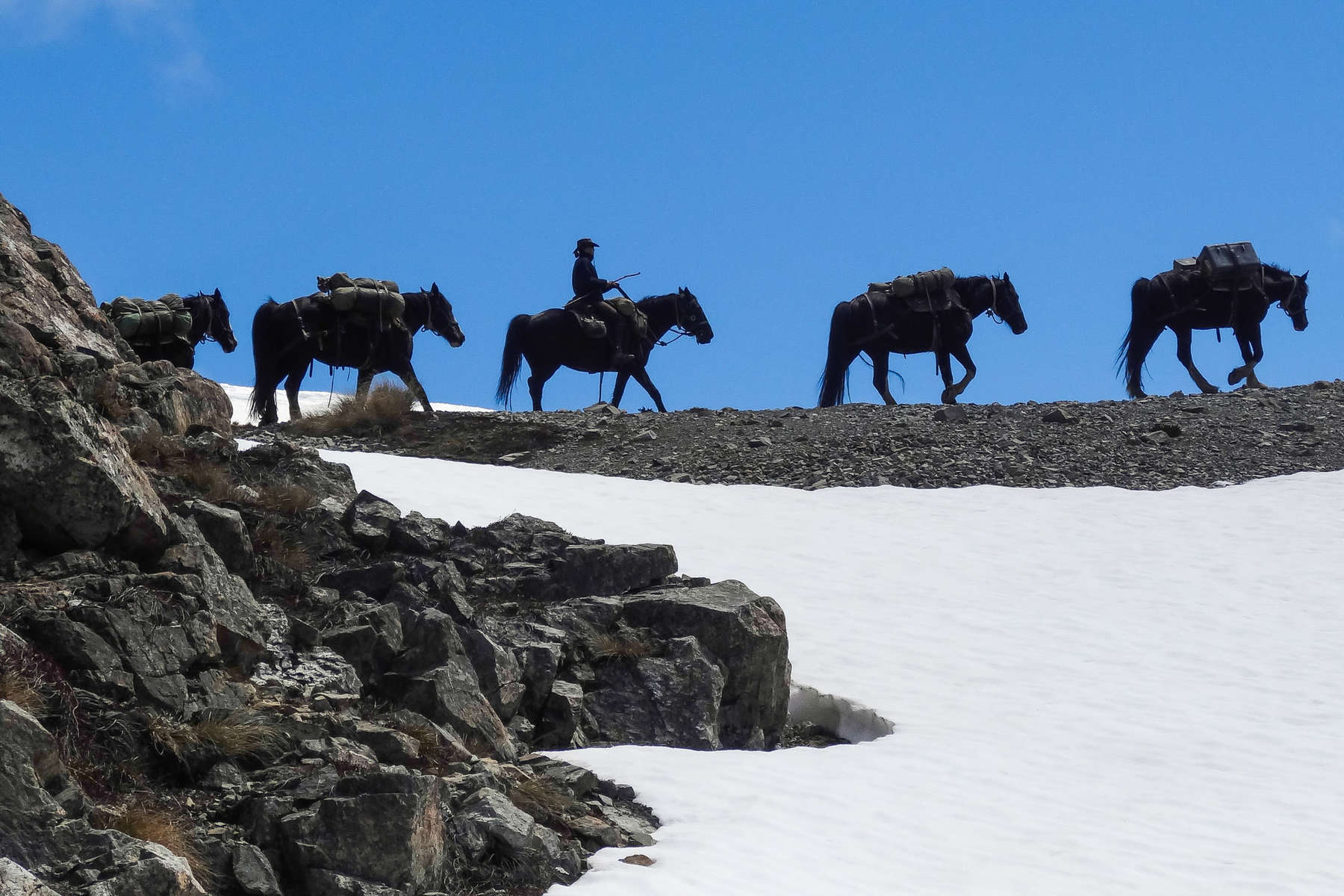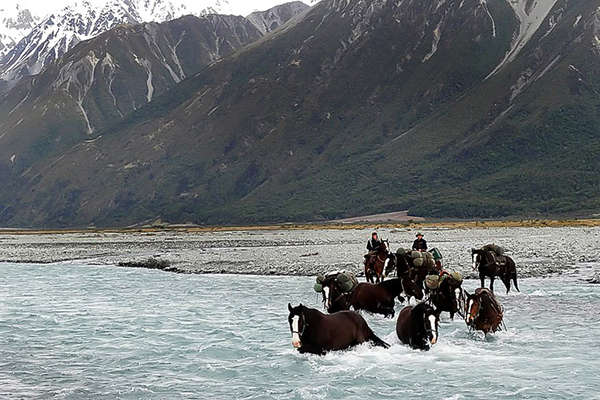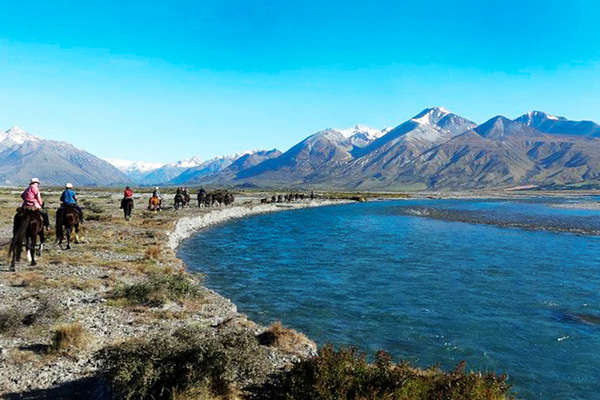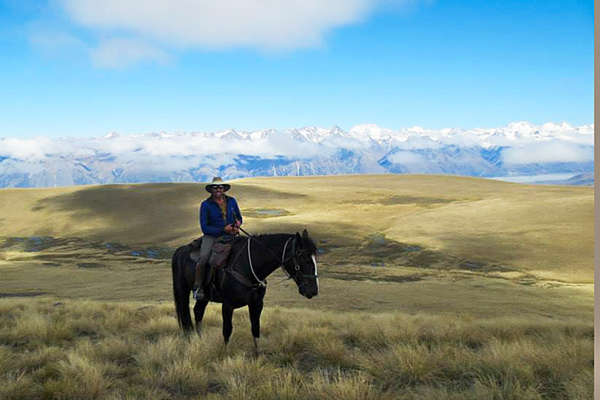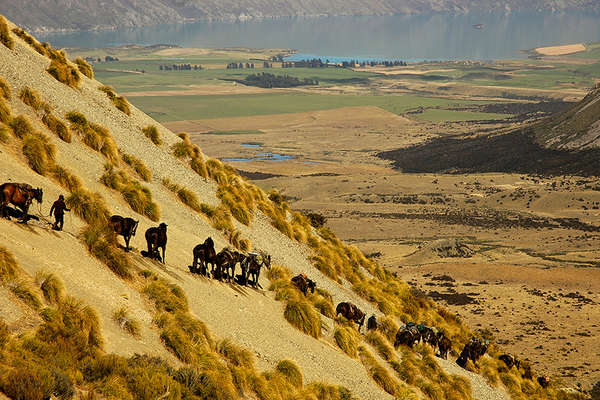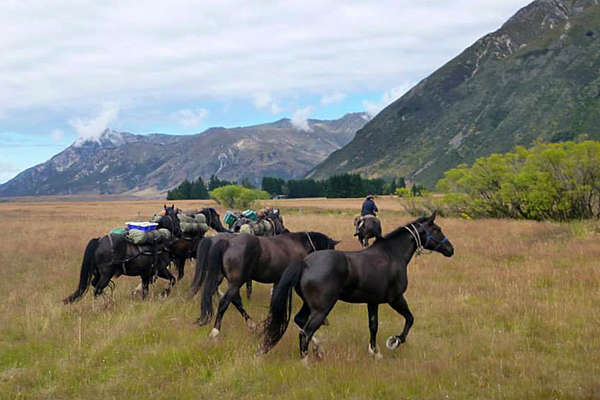New Zealand is an Archipelago of around 600 islands located in the south-western Pacific Ocean. It has two main islands the North Island and the South Island.
The North Island has a 'spine' of mountain ranges running through the middle, with farmland on both sides. The central North Island is dominated by the Volcanic Plateau, an active volcanic and thermal area. On the other hand, the South Island has the massive Southern Alps as well as the flat Canterbury Plains.
The country is located about 2,000 kilometres south-east of Australia across the Tasman Sea. Its closest neighbours are found to the north being New Caledonia, Tonga and Fiji.
FLORA AND FAUNA
Like other regions separated from the rest of the world, New Zealand has developed a distinct flora. About 75% of the native flora is unique, and it includes some of the world's oldest plant forms. However, the flowering plants, conifers, ferns, lycopods, and other vascular tracheophytes that constitute much of the land vegetation do show affinities with plants of the Malayan region, supporting the theory of an ancient land bridge between the two regions. More than 250 species are common to both Australia and New Zealand. The Antarctic element, comprising more than 70 species related to forms in the flora of South America and the Southern Ocean islands, is of great interest to botanists. The kauri pine, now found only in parts of the North Island, for more than a century has been world famous for its timber. Tussock grass occurs on all mountains above the scrub line and over large areas in the South Island.
Apart from seals and two species of bats, New Zealand has no indigenous land mammals. Some of the land mammals introduced to New Zealand have increased their population in uncontrolable numbers, you can find plenty of rabbits, deer, pigs (now wild), and possums. Sea mammals include whales and dolphins.
There is a great diversity of birds, some 250 species in all, including breeding and migratory species. Among the flightless birds the most interesting is the kiwi, New Zealand's national symbol and the only known bird with nostrils at the tip of the bill instead of at the base. Other characteristic birds are the kea, a mountain parrot, and the tui, a beautiful songbird. All but one of the genera of penguins are represented in New Zealand. Several species of birds, the most famous being the Pacific godwit, migrate from breeding grounds in the Arctic Circle to spend spring and summer in New Zealand.
Read more: https://
www.nationsencyclopedia.com/Asia-and-Oceania/New-Zealand-FLORA-AND-FAUNA.html#ixzz5ody6ARJj

